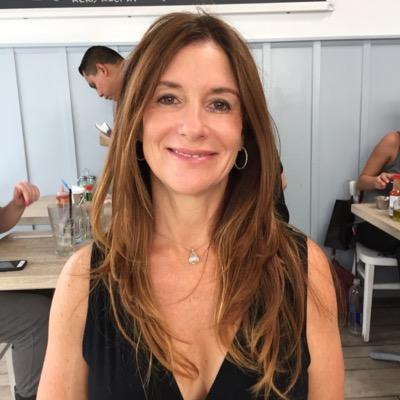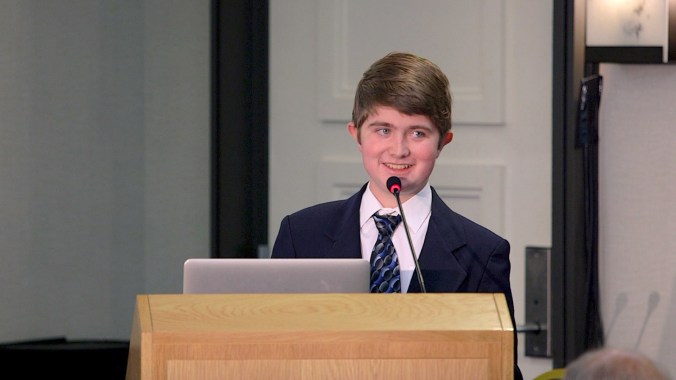THIS BLOG IS ALSO AVAILABLE AS AN AUDIO CAST
Caleb Sizemore says growing up with Duchenne’s Muscular Dystrophy (DMD) was tough. The disease is a rare genetic disorder that slowly destroys a person’s muscles, impairing their ability to walk or breathe. Eventually it attacks the heart leading to premature death.
Caleb says the disease meant “I was limited in what I could do, where I couldn’t play sports and where I was teased and bullied sometimes for being different.”
In the past people with DMD – almost all of whom are boys – lost the ability to walk by the age of 12, and many died in their 20’s. But a new treatment – originally funded by CIRM – is showing promise in helping reverse some of the damage caused by the disease.

Results from a clinical trial – published in the journal Lancet – showed that the therapy helped halt the decline in muscle strength in the arms and hands, and in MRI’s appeared to improve heart function.
In a news release, Dr. Craig McDonald, a UC Davis professor and the lead author of the study, said: “The trial produced statistically significant and unprecedented stabilization of both skeletal muscle deterioration affecting the arms and heart deterioration of structure and function in non-ambulatory DMD patients.”
The therapy, called CAP-1002, uses cells derived from the human heart that have previously demonstrated the ability to reduce muscle inflammation and enhance cell regeneration. The clinical trial, called HOPE-2 (Halt cardiomyopathy progression in Duchenne).
Dr. McDonald says with current treatments only having a limited impact on the disease, CAP-1002 may have a big impact on the people affected by DMD and their families.
“The trial showed consistent benefits of this cell-based therapy. It suggests that this infusion may be an important treatment option for the boys and young men who have this debilitating disorder.”
The team now hope to be able to apply to the Food and Drug Administration for permission to start a bigger clinical trial involving more patients.
Caleb Sizemore took part in an earlier clinical trial involving this approach. He says MRI’s showed that the therapy appeared to reduce scarring on his heart and gave him greater energy.
In 2017 Caleb talked to the CIRM governing Board about DMD and his part in the clinical trial. You can see that video here.




 In a
In a 
